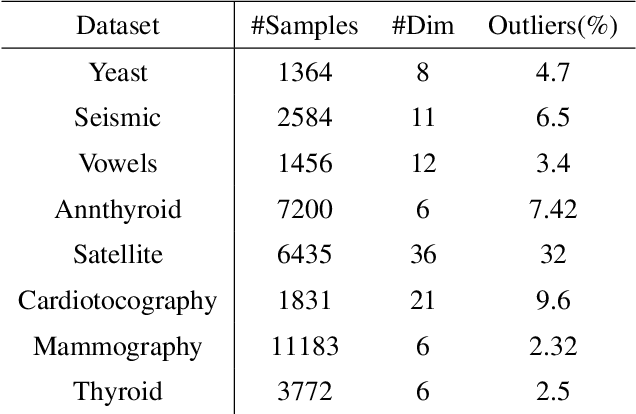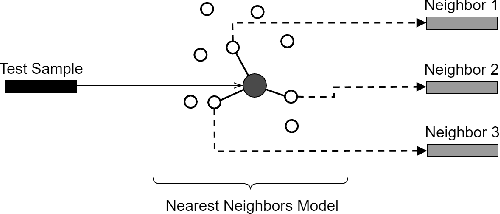Niv Goldshlager
DFPE: A Diverse Fingerprint Ensemble for Enhancing LLM Performance
Jan 29, 2025Abstract:Large Language Models (LLMs) have shown remarkable capabilities across various natural language processing tasks but often struggle to excel uniformly in diverse or complex domains. We propose a novel ensemble method - Diverse Fingerprint Ensemble (DFPE), which leverages the complementary strengths of multiple LLMs to achieve more robust performance. Our approach involves: (1) clustering models based on response "fingerprints" patterns, (2) applying a quantile-based filtering mechanism to remove underperforming models at a per-subject level, and (3) assigning adaptive weights to remaining models based on their subject-wise validation accuracy. In experiments on the Massive Multitask Language Understanding (MMLU) benchmark, DFPE outperforms the best single model by 3% overall accuracy and 5% in discipline-level accuracy. This method increases the robustness and generalization of LLMs and underscores how model selection, diversity preservation, and performance-driven weighting can effectively address challenging, multi-faceted language understanding tasks.
Boosting Anomaly Detection Using Unsupervised Diverse Test-Time Augmentation
Oct 29, 2021



Abstract:Anomaly detection is a well-known task that involves the identification of abnormal events that occur relatively infrequently. Methods for improving anomaly detection performance have been widely studied. However, no studies utilizing test-time augmentation (TTA) for anomaly detection in tabular data have been performed. TTA involves aggregating the predictions of several synthetic versions of a given test sample; TTA produces different points of view for a specific test instance and might decrease its prediction bias. We propose the Test-Time Augmentation for anomaly Detection (TTAD) technique, a TTA-based method aimed at improving anomaly detection performance. TTAD augments a test instance based on its nearest neighbors; various methods, including the k-Means centroid and SMOTE methods, are used to produce the augmentations. Our technique utilizes a Siamese network to learn an advanced distance metric when retrieving a test instance's neighbors. Our experiments show that the anomaly detector that uses our TTA technique achieved significantly higher AUC results on all datasets evaluated.
 Add to Chrome
Add to Chrome Add to Firefox
Add to Firefox Add to Edge
Add to Edge